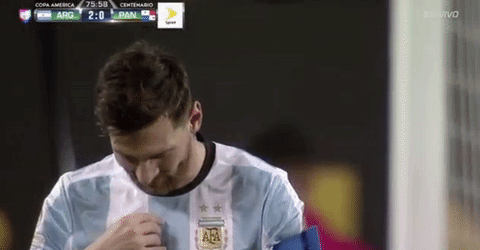It should come as no surprise to anyone that politicians don’t much like the press. This isn’t a shocking statement to anyone old enough to remember President Richard Nixon and Watergate.
Nixon, of course, wasn’t alone. A watchdog press has ran afoul of many presidents, including Ronald Reagan, Bill Clinton, Barack Obama and Donald Trump. This last one most of all.
In Catholicism, popes have also been media targets. Popes, compared to presidents, have been more gracious when speaking of the press. That even goes for the hyper-aggressive Italian media and their daily Vatican coverage.
As the left-right political divide widens, while many journalists working for mainstream publications abandon objectivity, so have the Catholic left-right doctrinal feuds. Francis’ papacy, in fact, has been plagued by it. Mainstream news coverage, for those who read this space, know that readers are increasingly fed narratives over reality.
The Catholic press operates differently. Those on the left wish to reform the church. Those on the right want to uphold and preserve centuries-old doctrines. Catholic media, depending where the publication or TV station falls on the doctrinal spectrum, isn’t governed by objectivity but by church teachings. This is where the conflict arises and when culture war battles within the church — and society at large — can manifest themselves.
This is an internecine battle among members of the Catholic hierarchy. In the crosshairs is EWTN. The media empire, founded by Mother Angelica in 1980, is a news organization that does all of its reporting through the lens of traditional Catholic teaching. It’s the 1992 Catholic Catechism network.
That frequently comes into direct conflict with the words and actions of Pope Francis’ strongest supporters, when dealing with ministry to LGBTQ Catholics, for example, and other culture-war issues.
Just as Obama went after Fox News and Trump against most everyone (even Fox News following the 2020 presidential election), we now have Catholic cardinals openly criticizing Catholic media. The recent case involving San Diego Cardinal Robert McElroy is an example of Catholicism’s internal divisions playing out in Catholic media.
McElroy’s target is EWTN, one of the largest Catholic news organization in the world.










